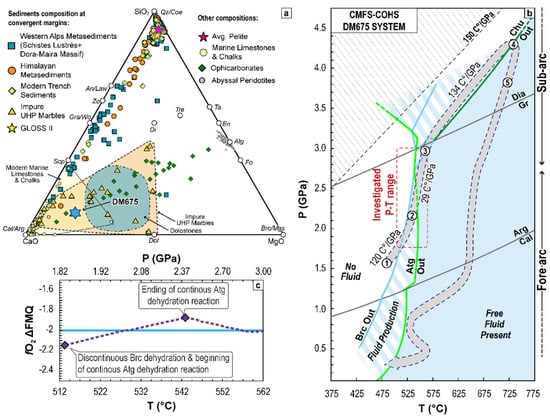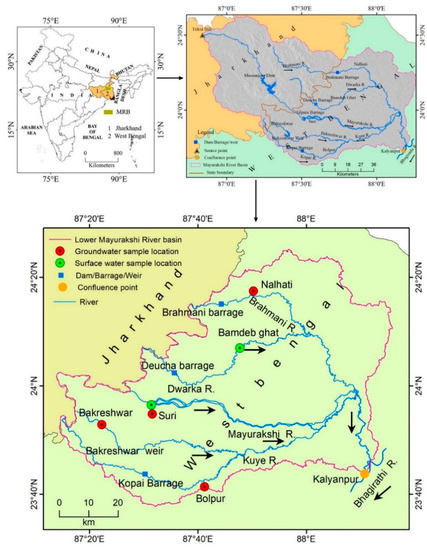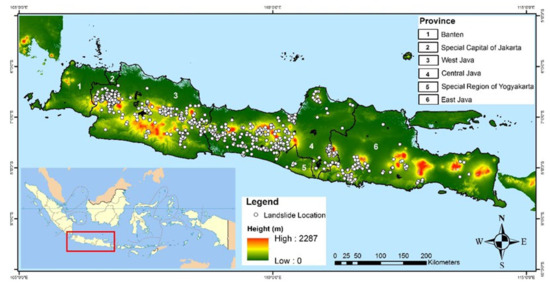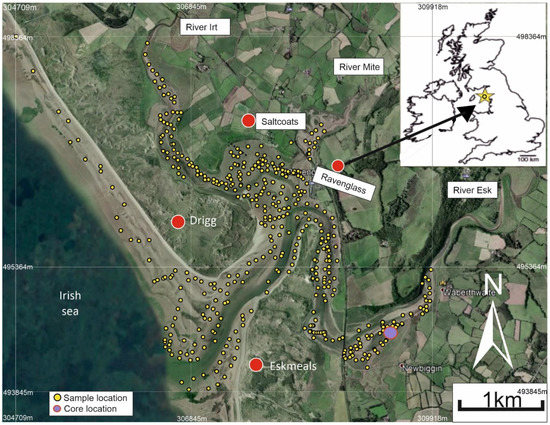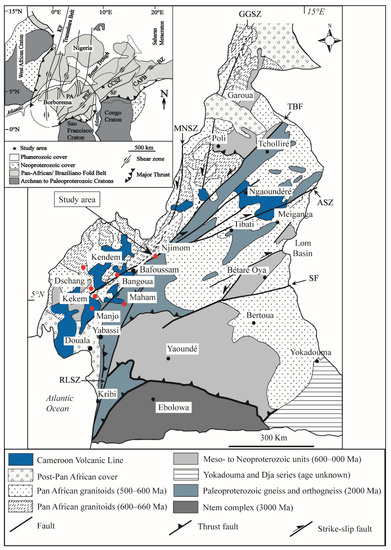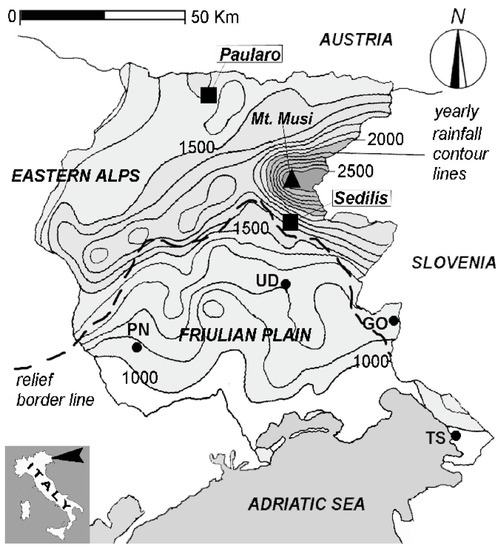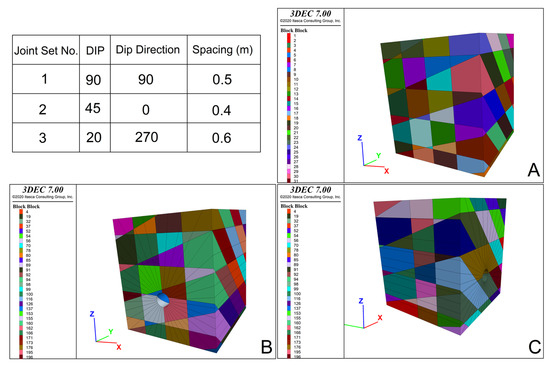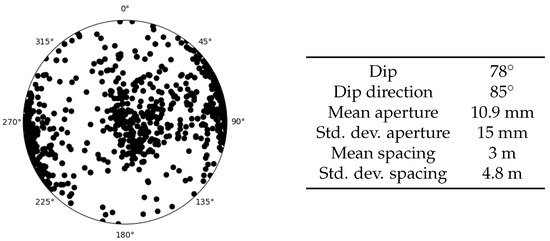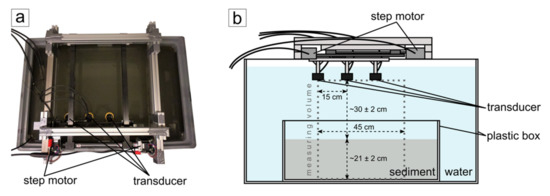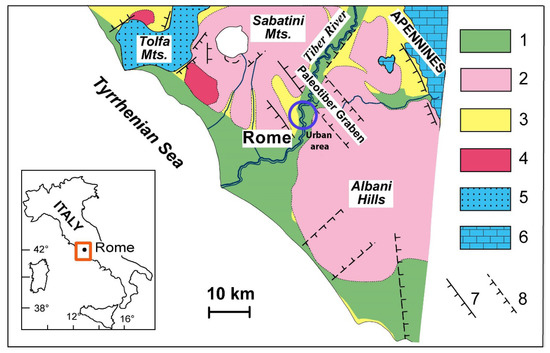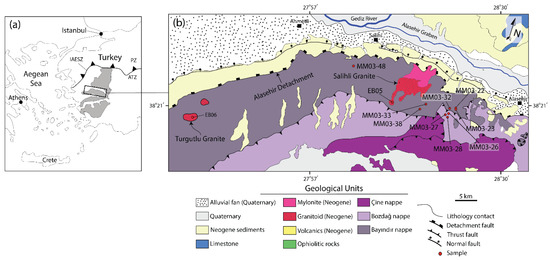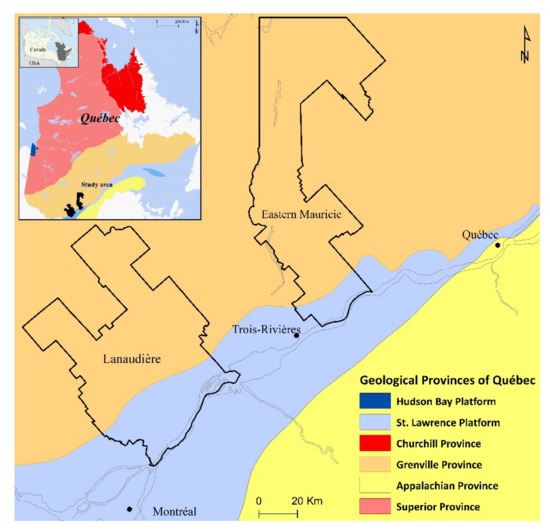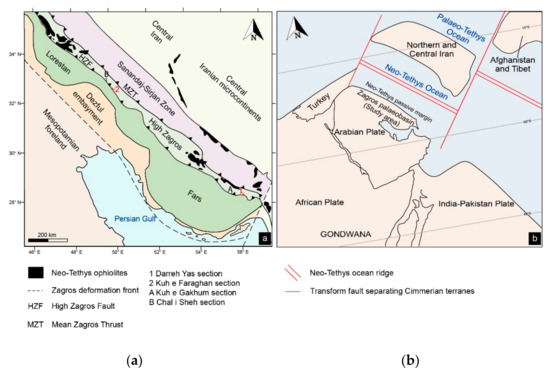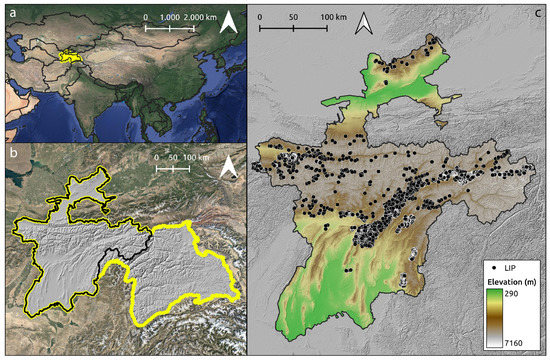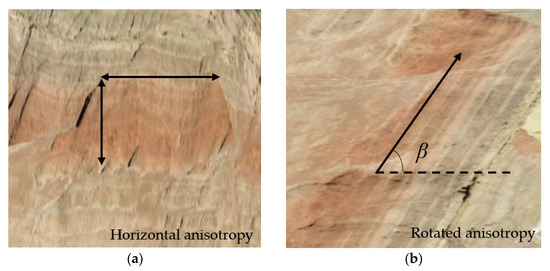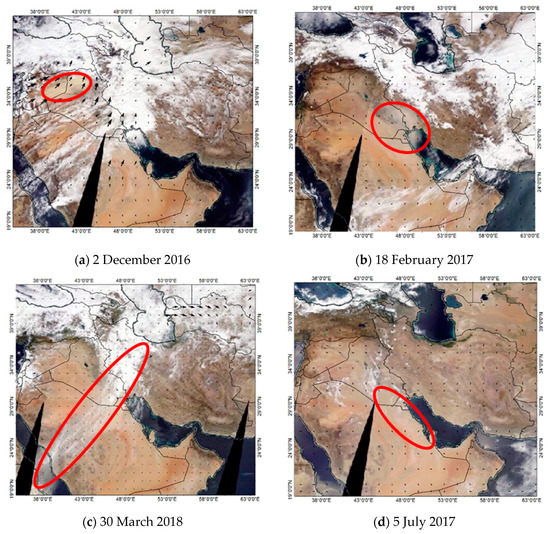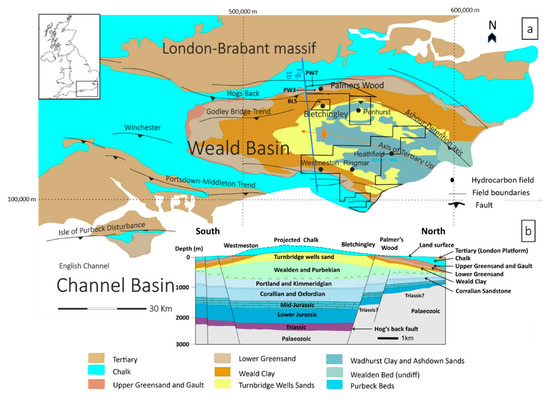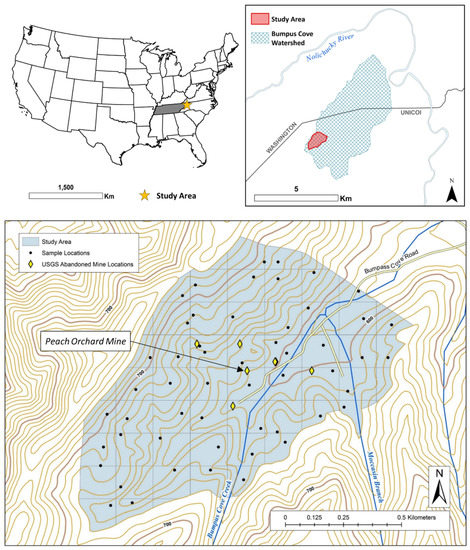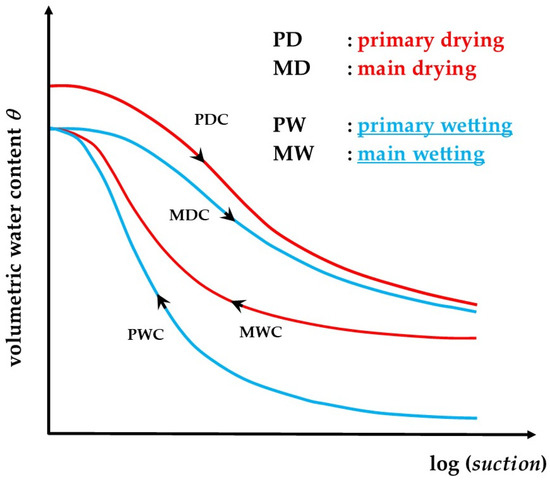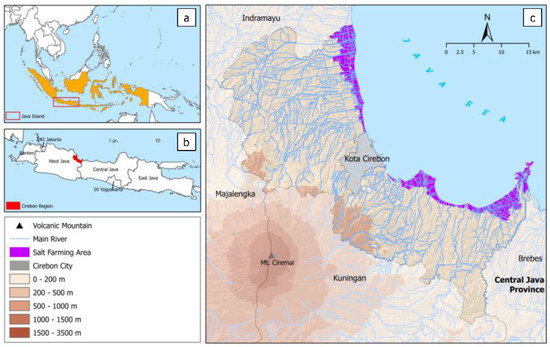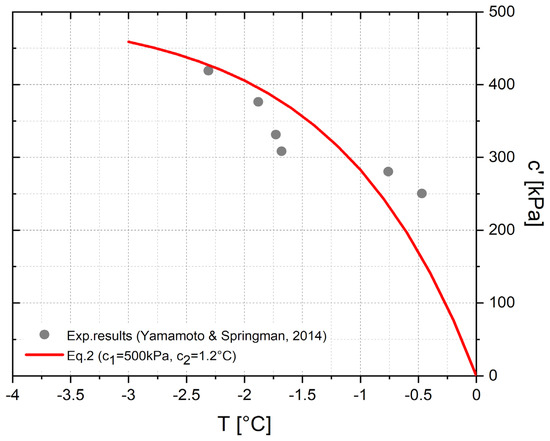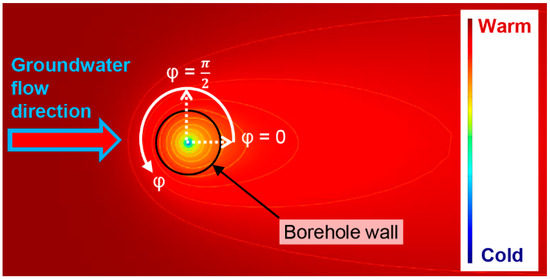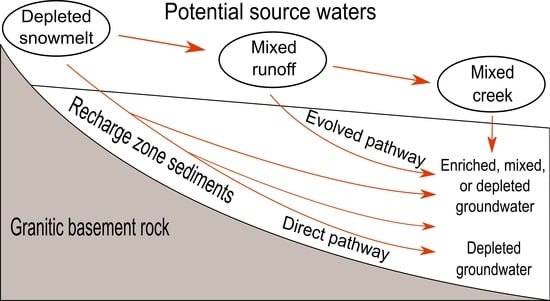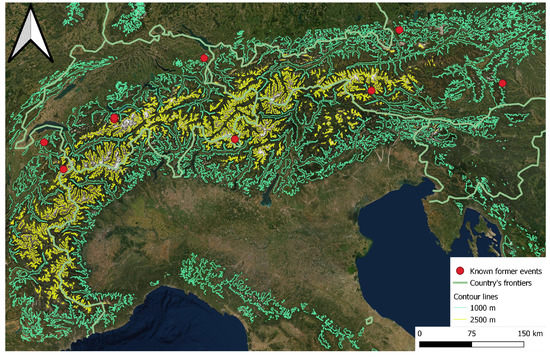Early Career Scientists’ (ECS) Contributions to Geosciences
A topical collection in Geosciences (ISSN 2076-3263).
Viewed by 59235Editor
Interests: planetary geosciences; meteorites; geoeducation; geoethics; mineralogy; geochemistry; sustainability; conceptual changes; astrobiology; future earth
Special Issues, Collections and Topics in MDPI journals
Topical Collection Information
Dear Colleagues,
This Collection of Geosciences aims to examine the scientific contributions of early career researchers exploring all interdisciplinary aspects of the Earth and Planetary Sciences.
The collection accepts manuscripts in the form of an original research article or a review where the first author is an ECS (a student, a PhD candidate, or a practicing scientist who received their highest certificate within the past seven years). Each author will be granted a special discount (at least 750 CHF) to cover the article processing fees of the submission.
Only original work can be submitted, according to the Author Instructions of Geosciences
(https://www.mdpi.com/journal/geosciences/instructions), i.e., work that was not submitted previously and is not being considered for publication elsewhere.
Authors are asked to send an email to the editorial office (geoscience@mdpi.com) with the tentative title of the manuscript and a short abstract in order to confirm the suitability of the submission for this Special Issue.
As this collection is dedicated to researchers at the beginning of their academic career, it aims to make the publication process as transparent as possible and to give additional guidance on how to address reviewers’ comments. Nonetheless, the research work will be assessed as rigorously as any other paper submitted to Geosciences.
Prof. Dr. Jesus Martinez-Frias
Collection Editor
Manuscript Submission Information
Manuscripts should be submitted online at www.mdpi.com by registering and logging in to this website. Once you are registered, click here to go to the submission form. Manuscripts can be submitted until the deadline. All submissions that pass pre-check are peer-reviewed. Accepted papers will be published continuously in the journal (as soon as accepted) and will be listed together on the collection website. Research articles, review articles as well as short communications are invited. For planned papers, a title and short abstract (about 100 words) can be sent to the Editorial Office for announcement on this website.
Submitted manuscripts should not have been published previously, nor be under consideration for publication elsewhere (except conference proceedings papers). All manuscripts are thoroughly refereed through a single-blind peer-review process. A guide for authors and other relevant information for submission of manuscripts is available on the Instructions for Authors page. Geosciences is an international peer-reviewed open access monthly journal published by MDPI.
Please visit the Instructions for Authors page before submitting a manuscript. The Article Processing Charge (APC) for publication in this open access journal is 1800 CHF (Swiss Francs). Submitted papers should be well formatted and use good English. Authors may use MDPI's English editing service prior to publication or during author revisions.





